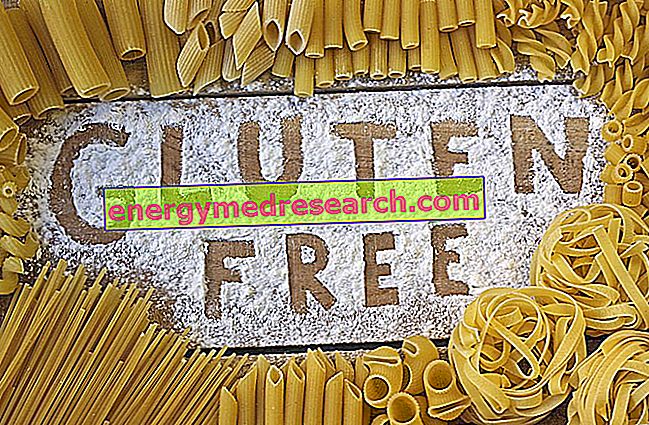
With the significant increase in diagnoses due to celiac disease (latent, silent or overt) and the suggestive-negative effect that certain innovative diets have had on healthy consumers, the industries fed "compete" in the production of gluten free foods.
In particular, the research has developed towards the study and formulation of new substitutes for bread and pasta, giving birth to many gluten-free variants; some examples of gluten-free pasta are: corn, rice, rice and corn, buckwheat, etc.
Furthermore, in the branch of the vegan food industry, mixed grains and legumes products are readily available to compensate for the relative biological value of proteins, such as wheat and lupine pasta (in this case gluten is present).
As can be easily deduced, in addition to the organoleptic and gustatory differences of these products, the most difficult to reach chemical-physical parameters with respect to the original ones are: color, consistency, cooking resistance, hydration coefficient, kept in cooking once drained and skipped etc.
One of the most recently tested gluten-free foods is gluten-free rice and bean paste, accurately described in the experimental: " Cooking quality and starch digestibility of gluten free pasta using new bean flour ". Below we will mention the highlights of the abstract already published (2015).
The use of the rice and legume mix can be considered "nutritionally convenient" to obtain gluten-free foods.
Therefore, a recipe for gluten-free spaghetti prepared with rice flour and bean flour at different concentrations (0%, 20% and 40%, w / w) was tested; legumes are part of a selection (cultivar) characterized by white seeds, little phytic acid (inositol-hexaphosphoric acid, anti-nutritional component) and without lectins (proteins, anti-nutritional components).
The increase in bean flour, proteins, ash and dietary fiber content increased linearly (P <0.05); on the contrary, total starch decreased quadratically (P <0.05).
NB. The quadratic proportionality foresees that when the "x" size doubles or halves, the "y" size becomes four times larger or smaller.
The color of the spaghetti remained influenced by the addition of the bean flour (P <0.05).
Compared to spaghetti without bean flour, the addition of legumes increases linearly (P <0.05) the optimal cooking time and the water absorption capacity, without altering the cooking resistance and the structure of the pasta format (translated, do not break).
The inclusion of bean flour increases the content of resistant starch squared (P <0.05), reducing the glycemic index of the food (in vitro) to quadratically (P <0.05).
The partial replacement of rice flour with bean flour can be successfully used in the formulation of gluten free spaghetti destined for the celiac diet.



